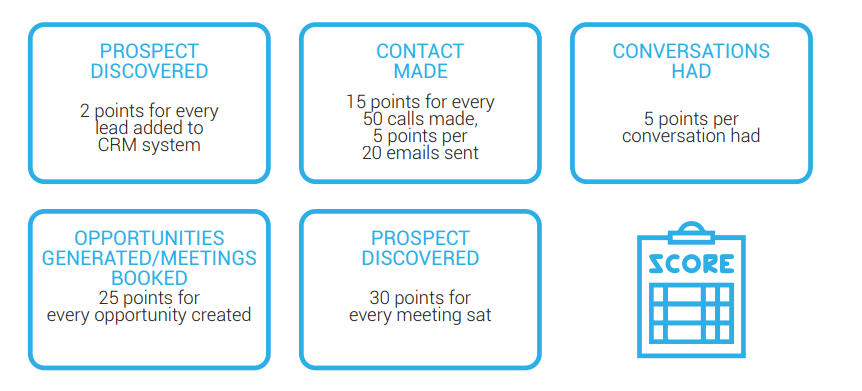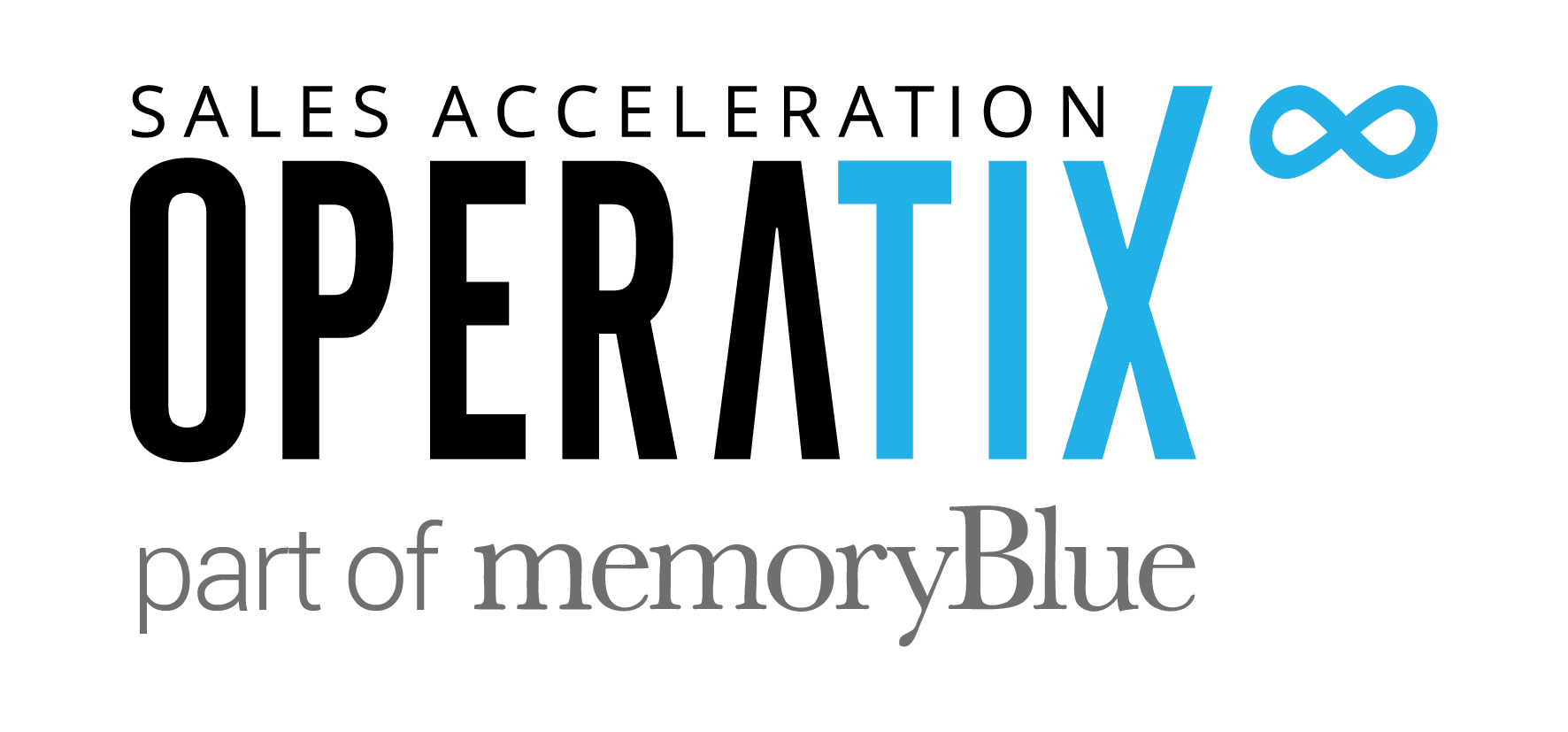Effective SDR management is essential in instilling the key characteristics needed to build a performance-driven, motivated team. After all, you want your employees to evolve and grow just as the market does, otherwise, they’ll likely end up staying stagnant in their abilities. Management is one of the most crucial aspects of building and maintaining not only a successful team but a company culture that helps them thrive.
Bad SDR management can result in a high turnover rate – something that management should aim to combat from the get-go. Discover our best practices for effective SDR management below.
This blog was taken from our latest eBook, the SDR Handbook. This comprehensive guide contains everything you need to build and manage a successful sales development team. Download this free, ungated piece of content here.
Goal Setting for Effective SDR Management
Setting goals is critical to success in any business department, but it’s particularly important for sales teams. Clarifying expectations is vital in ensuring your team knows exactly what their daily activities are, as well as the productivity levels they should aim for. Likewise, it helps managers keep track of high-performers, areas of improvement and accurately predict revenue.
Goals vary per business, but it’s wise to provide clarity around the following:
- Number of meetings booked and sat
- Activity levels: A target number of dials to be made and tailored emails to be sent out daily
- Number of opportunities created
- Pipeline & Revenue
However, goals should not just surround the business. Setting personal and career goals can be a huge motivator for team members, as well as creating a better company culture. Ensure that managers sit down with their SDRs regularly to discuss beyond salary and conversion rates.

Day-to-Day SDR Management
Don’t forget the importance of excellent management skills – even the best SDRs can only excel if management enables them to. They should have expert communication and coaching skills, as well as an analytical mind. More often than not, the best managers are those who strived in the SDR role themselves as they have an understanding of just how difficult the job can be.
Below are things that all great SDR managers should prioritise to get the very best results out of their teams.
Hold Regular Meetings
Communication is key to maintaining a healthy team relationship, as well as ensuring management is aware of any issues that may be affecting performance.
While these meetings don’t have to be daily, scheduling both one-to-one and team meetings regularly will help build trust, relay expectations and help your team grow. Only holding meetings when an issue has occurred will have the opposite effect, with your team starting to dread them rather than seeing it as a time to communicate openly.
Listen in to Calls
Regularly listening to conversations will allow you to identify areas of improvement, as well as tactics worth sharing with the rest of the team. Provide actionable feedback with both positives and negatives to help your SDR continuously improve.
The tone and language used are important here; new SDRs will likely feel nervous to have their calls listened to, which is why it should be constructive feedback rather than overly negative. Difficult conversations are to be handled with care, such as if an employee is not performing to standards or if they are making mistakes throughout their calls.
Keeping motivation high
The sales floor is fast-paced and often stressful; if you aren’t careful, your employees may start to experience burnout. It should be part of the SDR management team to understand what motivates the team and keeps morale high. This is why setting both personal and professional goals is important.
SDR Scorecard
Having a daily, weekly or monthly SDR scorecard can improve the productivity of your team and optimize how they manage their time. Not only this, but it will allow the management team to see what areas the team may need to improve upon and what team members may need further coaching.
This scorecard should revolve around the SDR’s main activities: prospecting, outreach and opportunity creation. Each step should be worth a different amount of points based on importance, with opportunities created/meetings sat being the most rewarding. Keep the scorecard simple, clear and easy to understand at a glance.
Your scorecard could look something like this:

Ensure to set a target to reach based on average conversion rates.
Sales Coaching
Once the initial onboarding process is complete, many sales leaders make the mistake of leaving training there. However, incorporating regular sales coaching into your team’s calendar ensures they are continuously improving and honing their skills as salespeople.
The world of sales and marketing constantly evolves, with new trends and techniques appearing regularly. Keeping up with the market is undoubtedly important in staying competitive, not to mention improving internal sales processes.
Start by determining which areas your team need to focus on by looking at their track record, results and listening to feedback. After all, you want the coaching to be beneficial to your SDRs, and thus evaluating their performance regularly is an essential part of providing coaching that resonates.
There are numerous different ways to provide effective sales coaching, such as online courses, video coaching tools, in-person talks from industry experts, one-to-one training with managers, role-playing and cold call analysis.

SDR Management Summary Points:
- Goal setting is an important part of maintaining a productive, high-performing team
- Personal and career goals should be discussed
- SDRs must be nurtured and be provided with constructive feedback regularly
- Regular sales coaching ensures your team stay competitive, as well as helping to hone their skillset and evolve with the market
Listen to More SDR Management Advice Below:
SDR Manager Effectiveness with Kyle Coleman
Identifying and Managing SDR Teams with Dave Sherry
Ramping up SDRs: the first 90 Days with Sam Nelson


